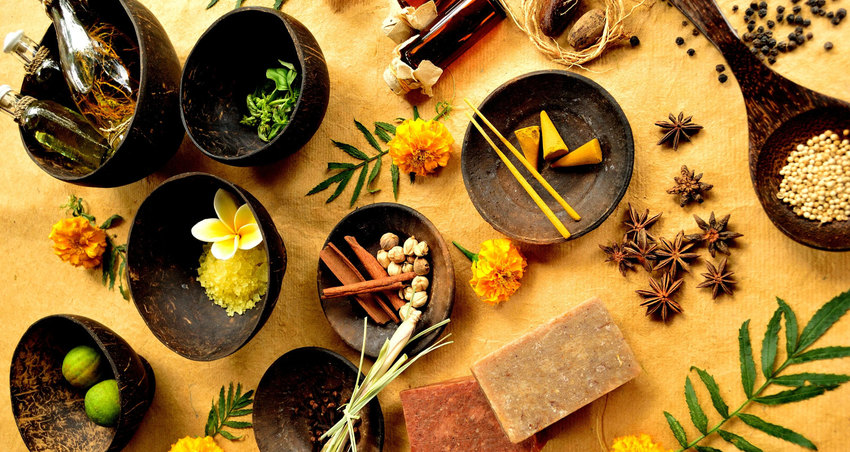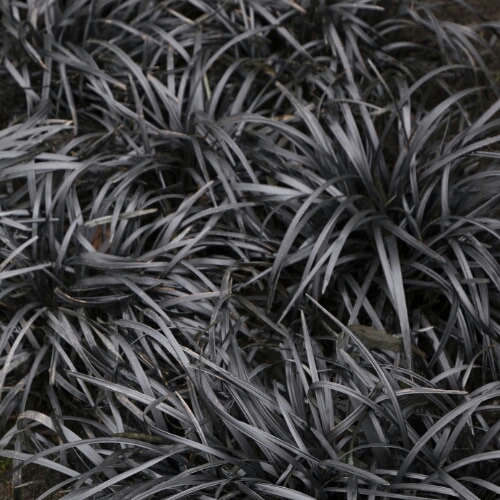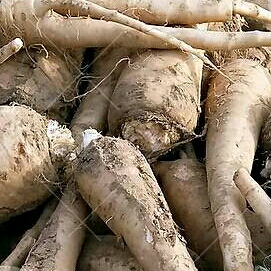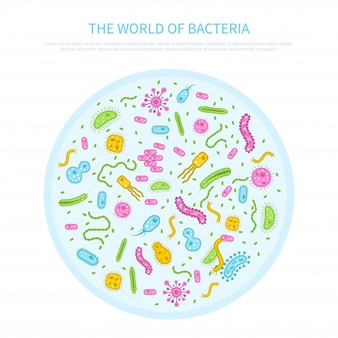Honeysuckle - Chinese remedy for common cold and more
Jan
7
The following can be extracted from Lonicerae japonicae flos - water extract, alcohol extract, polysaccharide, and volatile oil. These ingredients can "extensively inhibit Gram-negative bacteria and Gram-positive bacteria including Streptococcus haemolyticus, Staphylococcus aureus, Salmonella Typhi, Klebsiella pneumoniae, Salmonella paratyphi, Vibrio cholerae, oral pathogens, Diplococcus intracellularis, Streptococcus pneumoniae, and Mycobacterium tuberculosis," according to a study by the Institute of Chinese Materia Medica, China Academy of Chinese Medical Sciences (see article "Lonicerae Japonicae Flos and Lonicerae Flos: A Systematic Pharmacology Review", by Institute of Chinese Materia Medica, China Academy of Chinese Medical Sciences, No.16, Dongzhimen Nei Nanxiao Road, Dongcheng District, Beijing 100700, China; Department of Drug and Cosmetics Registration, China Food and Drug Administration, Xuanwumen Xidajie, Beijing 100053, China; https://www.ncbi.nlm.nih.gov/pmc/articles/PMC4519546/).
The testing method used for determining the content of a key active ingredient, secologanic acid, was established using Ultra Performance Liquid Chromatography (HPLC) (see article, "A Simple, Rapid, and Practical Method for Distinguishing Lonicerae Japonicae Flos from Lonicerae Flos"; by Fang Zhang, Pengliang Shi, Hongyan Liu, Yongqing Zhang 1,Xiao Yu, Jing Li and Gaobin Pu; College of Pharmacy, Shandong University of Traditional Chinese medicine, Jinan 250355, China). Using HPLC makes it simple, fast, accurate, and cost effective to identify the different variations of Lonicerae Flos.











